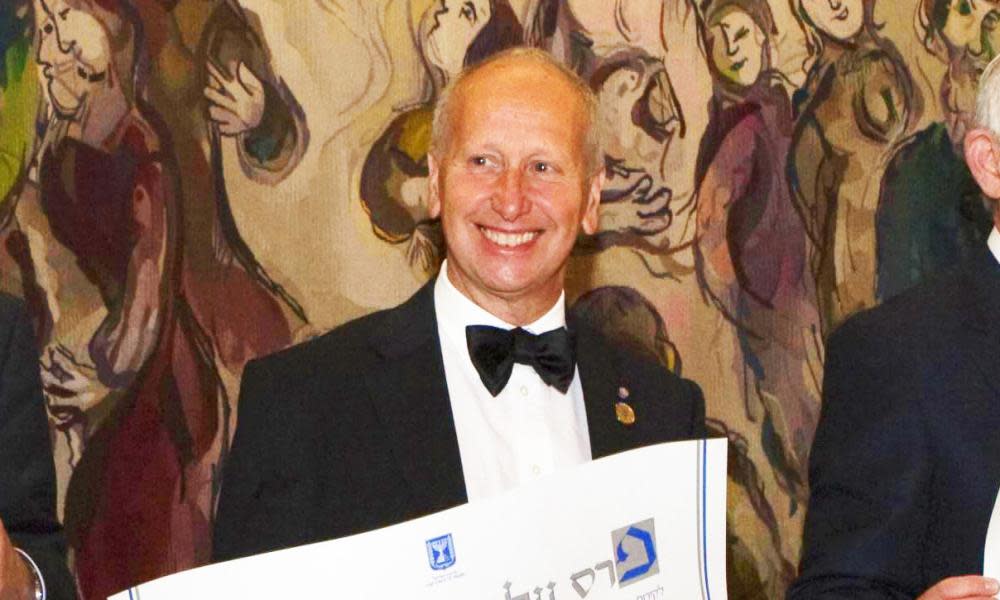The Messi of maths: Argentinian Luis Caffarelli wins Abel prize

First football, and now maths. Three months after Lionel Messi triumphed at the World Cup, an Argentinian has won the top international trophy in mathematics.
Luis Caffarelli, 74, has received the Abel prize, an award presented by the Norwegian Academy of Science and Letters, for his work on partial differential equations, which are a type of equation involving continuous change that are used by scientists to model the natural world.
The award, which comes with a prize of 7.5m Norwegian kroner (about £600,000), recognises lifetime achievement in mathematics and is often described as the equivalent of the Nobel prize, which has no maths category.
Caffarelli was born and raised in Buenos Aires, making him the first Abel laureate from South America. He is currently a professor at the University of Texas at Austin, and has lived in the US since gaining his PhD from Buenos Aires University in 1972.
For five decades Caffarelli has been a leading figure in the study of partial differential equations, a large field based on methods devised by Isaac Newton and Gottfried Leibniz in the 17th century to describe things that change continuously in relation to each other.
Almost every well-known equation that models physical or human behaviour is a partial differential equation, from the Navier-Stokes equations in fluid dynamics to the Black-Scholes equation in finance.
The Abel citation states that Caffarelli has made “groundbreaking contributions” that have “radically changed our understanding of classes of nonlinear partial differential equations with wide applications. The results are technically virtuous, covering many different areas of mathematics and its applications.” It adds: “Combining brilliant geometric insight with ingenious analytical tools and methods he has had and continues to have an enormous impact on the field.”
Caffarelli studies the mathematical consistency of these equations, essentially trying to work out if they are meaningful representations of reality. Helge Holden, the chair of the Abel committee, said: “Mathematics is like a Swiss army knife: the same tool can be applied to many different problems. The tools that Caffarelli has come up with have been applied to many different problems, from equations describing nature to financial mathematics.”
Caffarelli said he was overjoyed at winning the prize. “Partial differential equations are an important part of science. There is a constant evolution of the equations and the application of the equations. I am glad that I have made contributions that are valuable.”
As a mathematician, Caffarelli is extraordinarily prolific – and extraordinarily sociable. He has published 320 papers and continues to publish several a year. He has co-written papers with more than 130 people, and advised more than 30 PhD students. In 2018 one of his younger collaborators, Alessio Figalli, won the Fields medal, maths’ best-known award, which is open only to those under the age of 40.
He has also moved between topics within the wider field of partial differential equations. “I am sure there are people who do wonderful things in very concentrated areas,” said Caffarelli. “But science is more like a global evolution.” It required the exchange of ideas, looking at things at different angles, he said, and “slowly improving whatever can be improved”.
Caffarelli is married to the Argentinian mathematician Irene Martínez Gamba, who is professor of computational engineering and sciences at the University of Texas at Austin.
The Abel prize is named after the 19th-century Norwegian mathematician Niels Henrik Abel, who made important contributions to several fields before dying of tuberculosis aged 26. The prize has been awarded annually since 2003.

 Yahoo News
Yahoo News 
